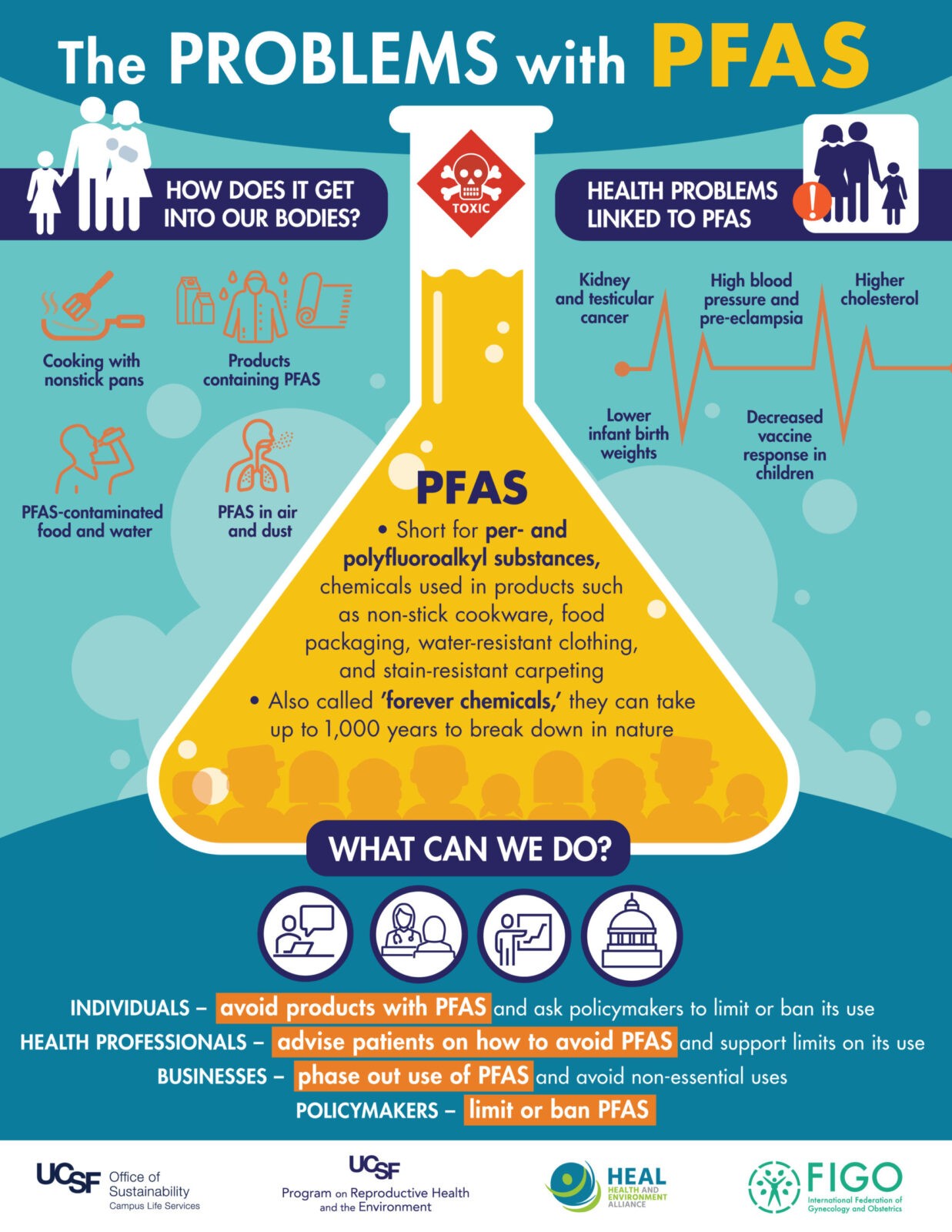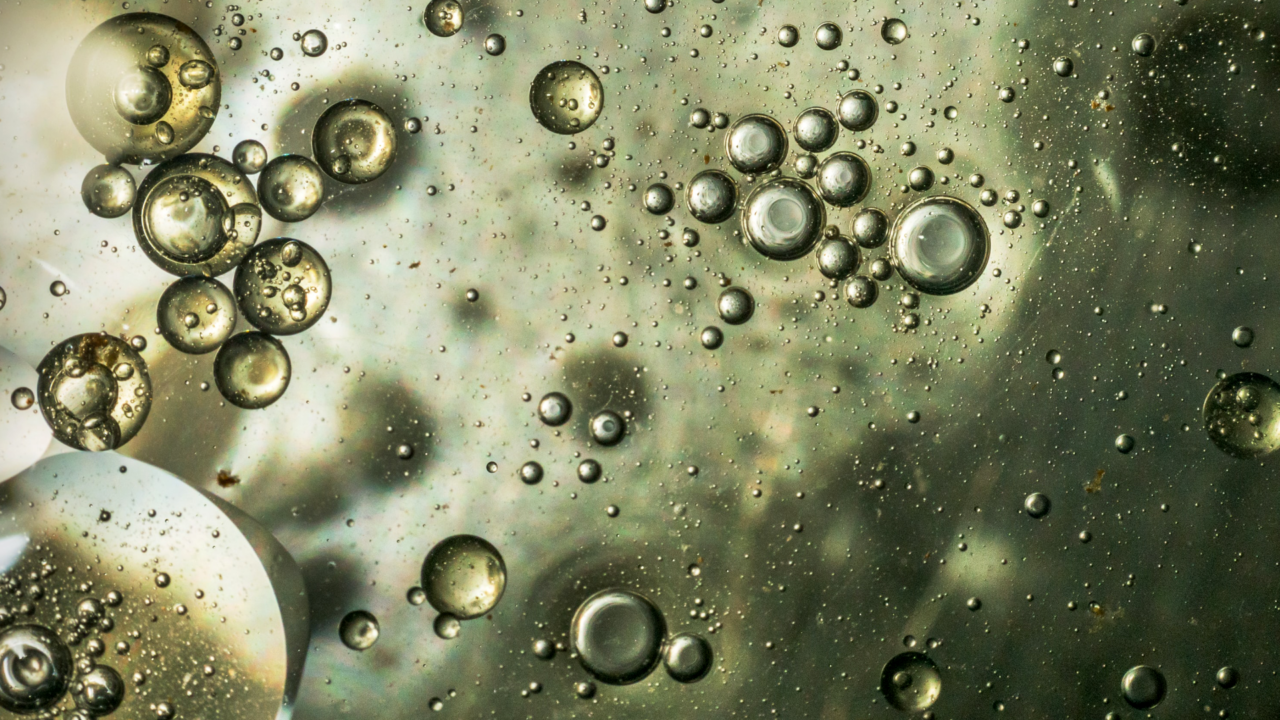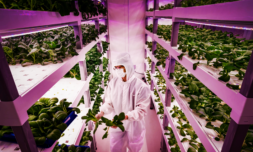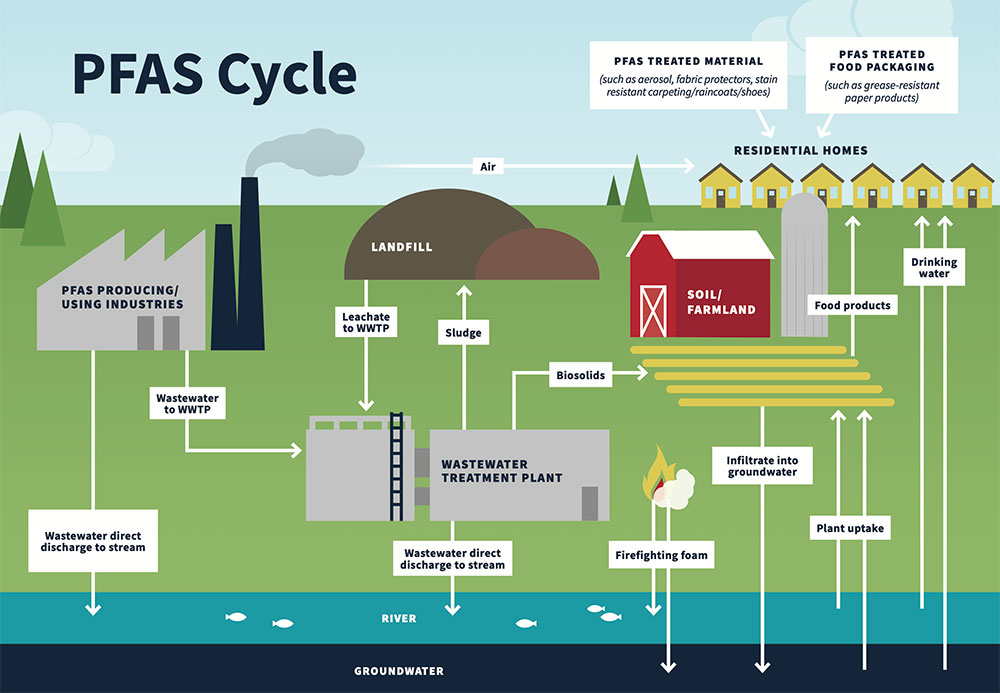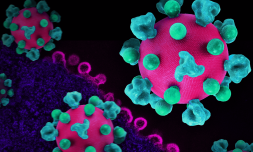In-depth research conducted by the Forever Pollution Project in collaboration with Le Monde and The Guardian has revealed that a massive 17,000 sites in Europe and the UK are plagued by dangerous levels of forever chemicals.
We’ve heard a lot about ‘forever chemicals’ and their effects on human health in the last few years.
At the moment, we know there are 4,700 different kinds of forever chemicals circulating the market. These are man-made toxic substances that do not break down once released into our natural environment.
Scientifically known as per-and polyfluorinated alkyl substances (PFAS), they can be found in cookware and clothing products thanks to their non-stick and stain-repellent properties. They’re also useful ingredients for fire-repellent foams.
And while it’s true that PFAS make our lives easier in the short term, these chemicals have been proven to wreak havoc on our health. They have been linked to ‘high cholesterol, ulcerative pregnancy-induced hypertension, thyroid disease, cancer, and decreased response to vaccines.’
At Thred, we recently covered how chemicals in our environment are reducing sperm counts and have increased the average penis size in the last three decades. This has led scientists to conclude that these harsh chemicals are disrupting the way human biology once worked.
